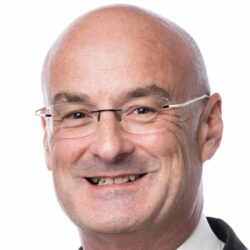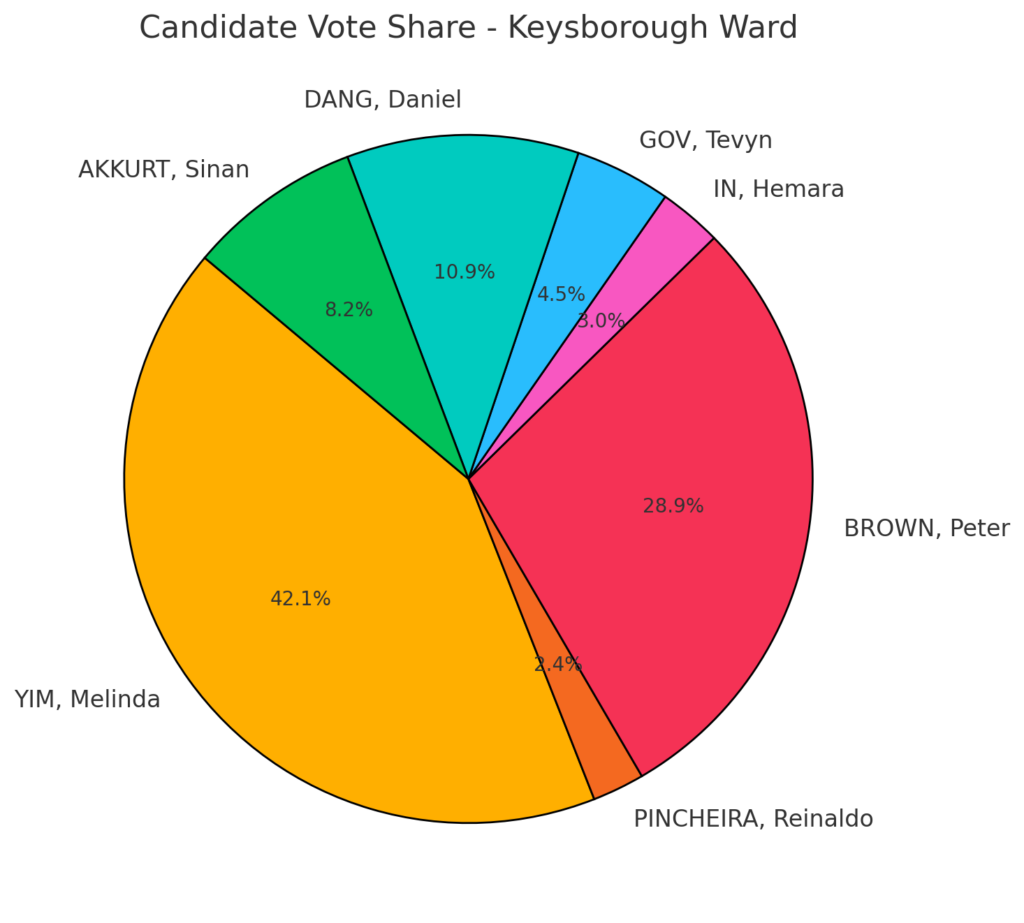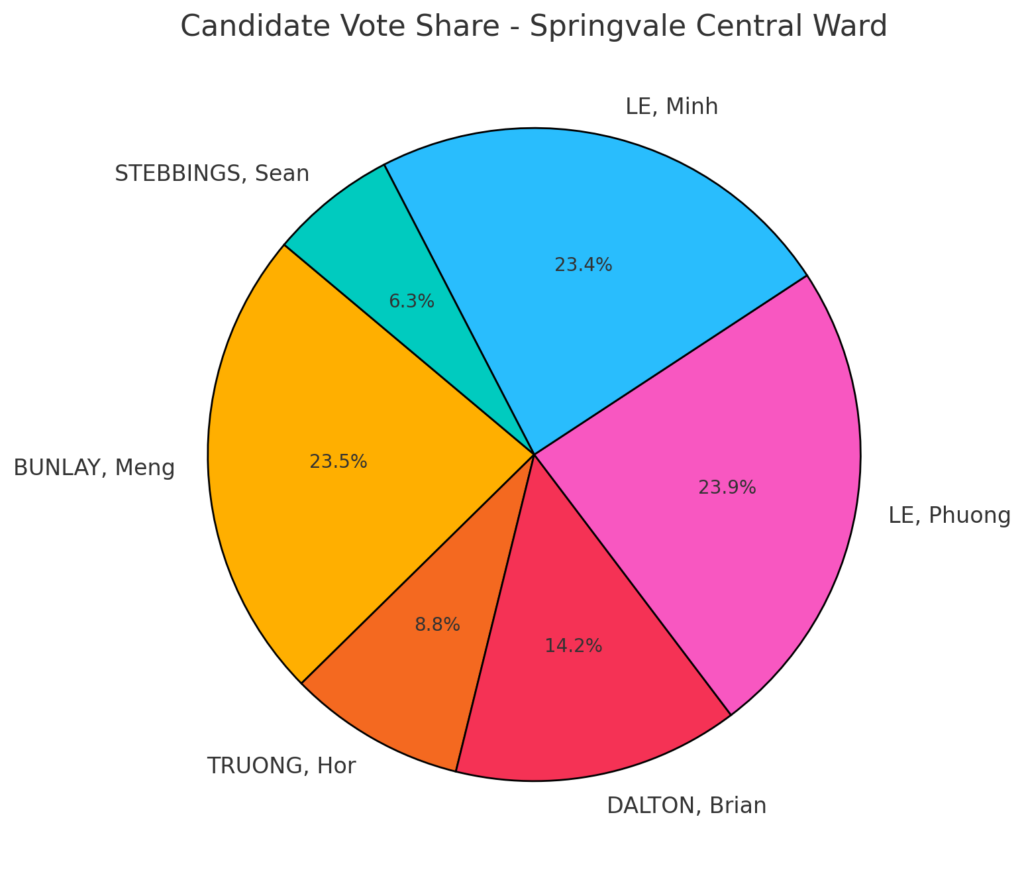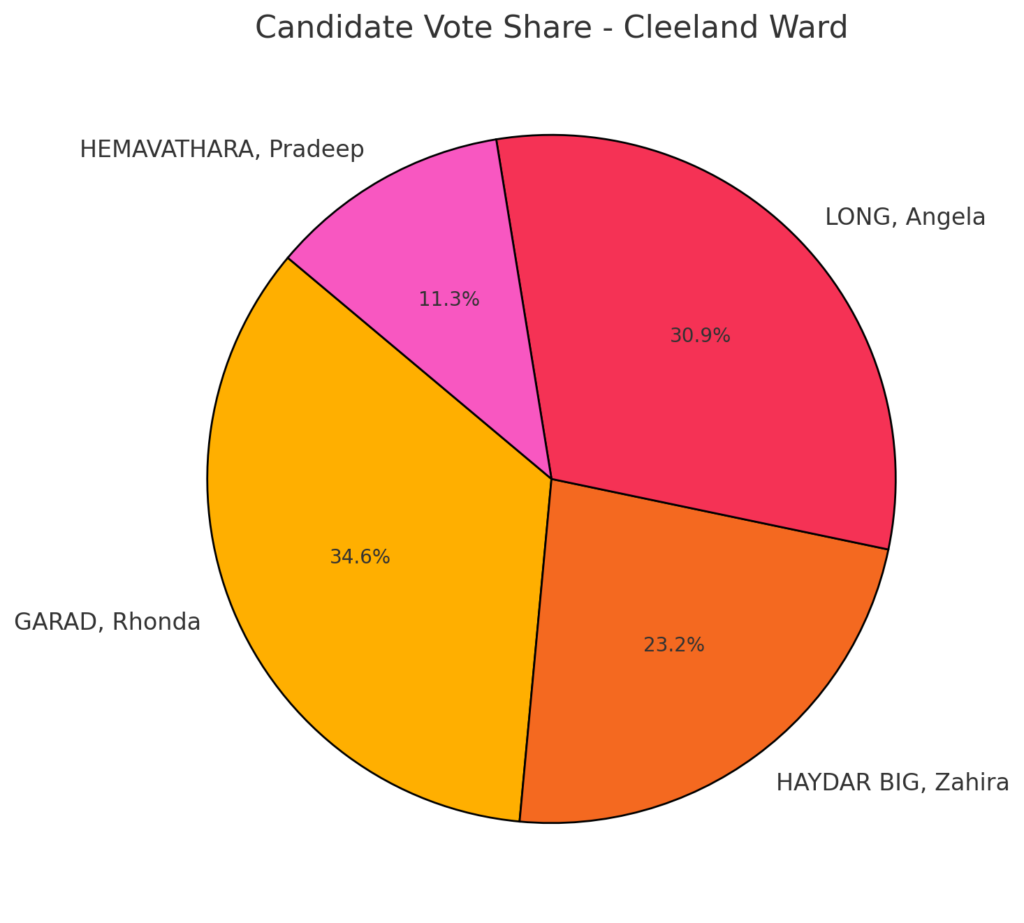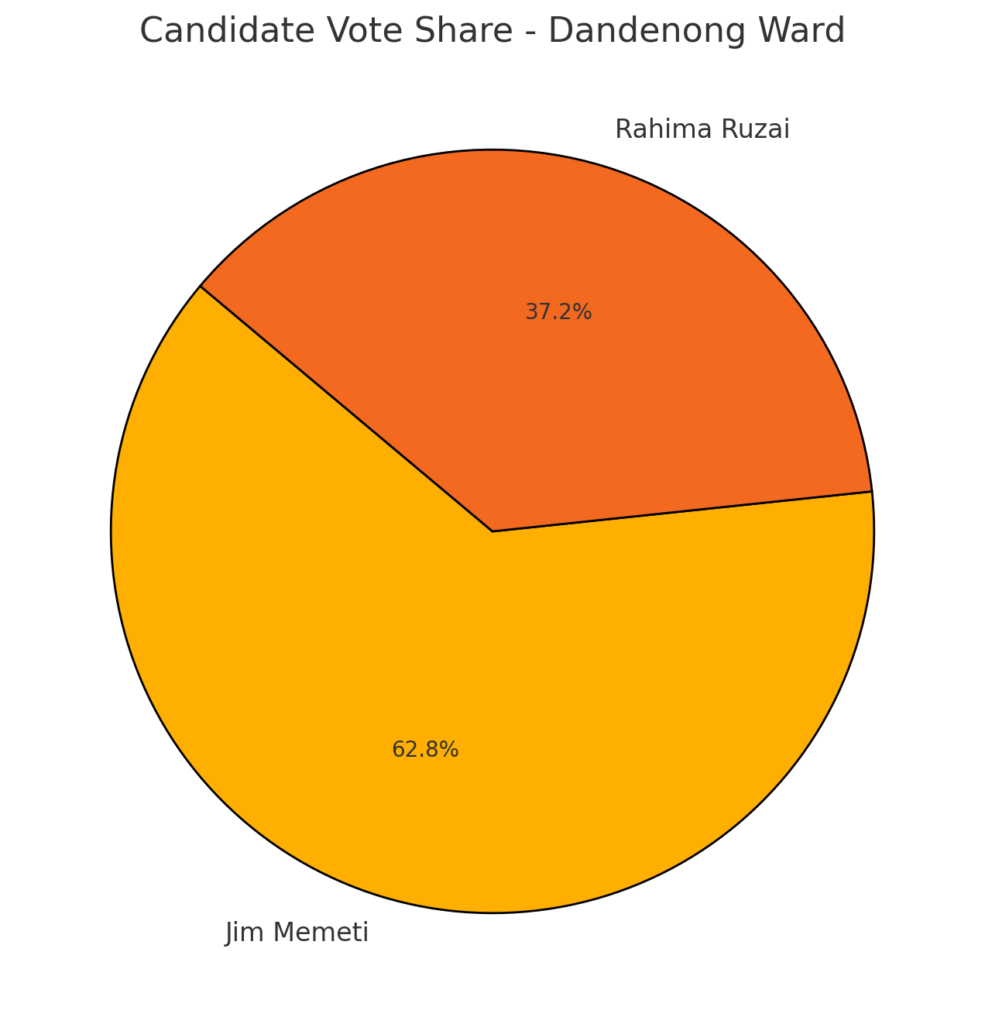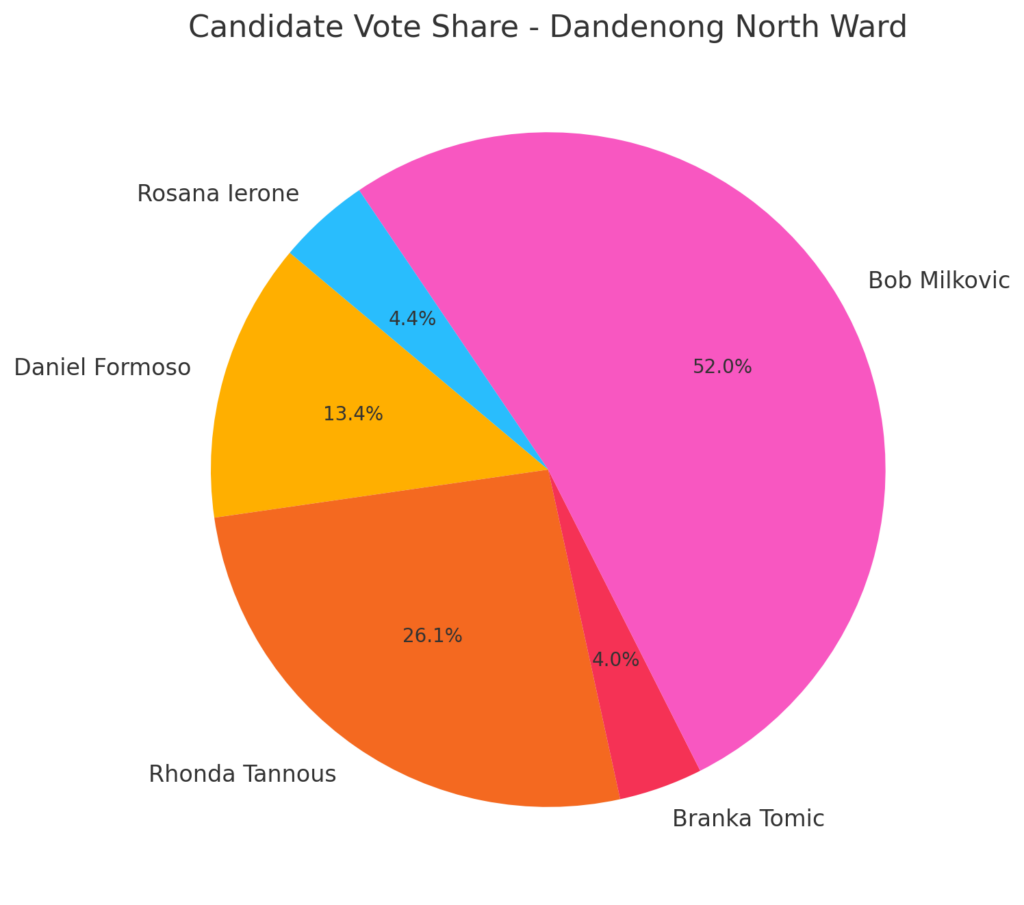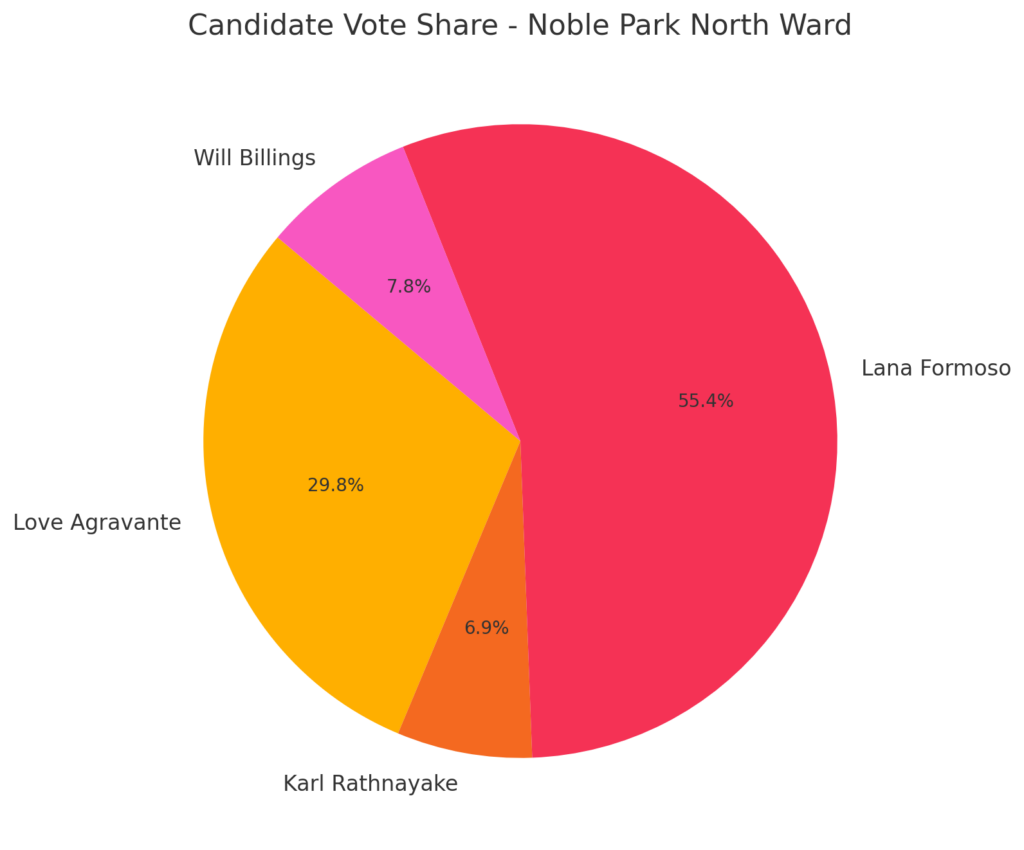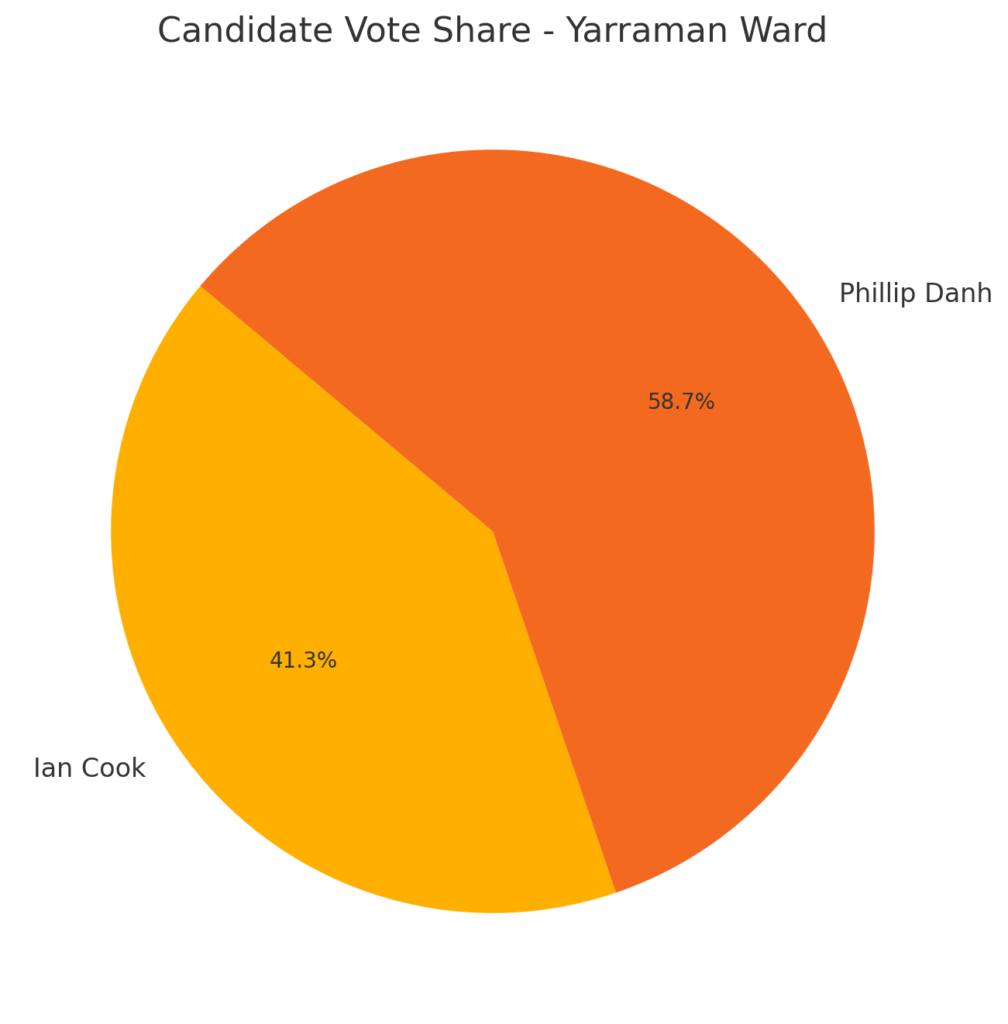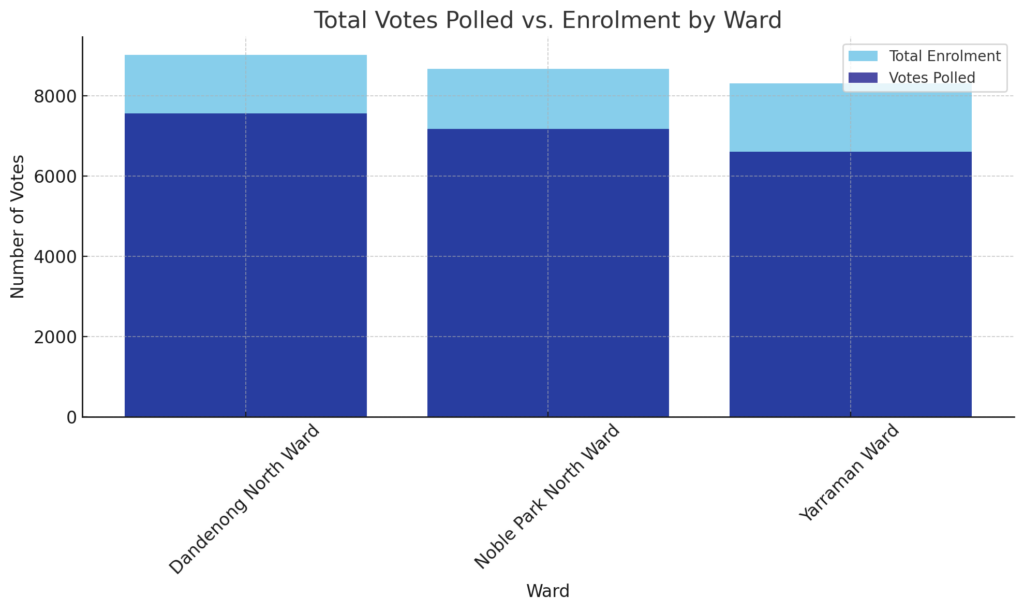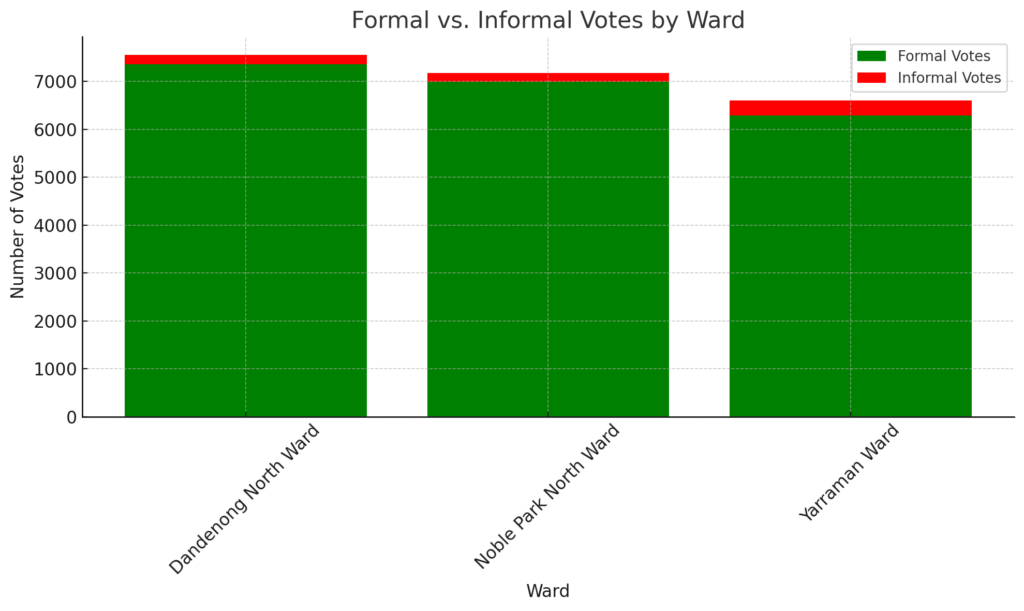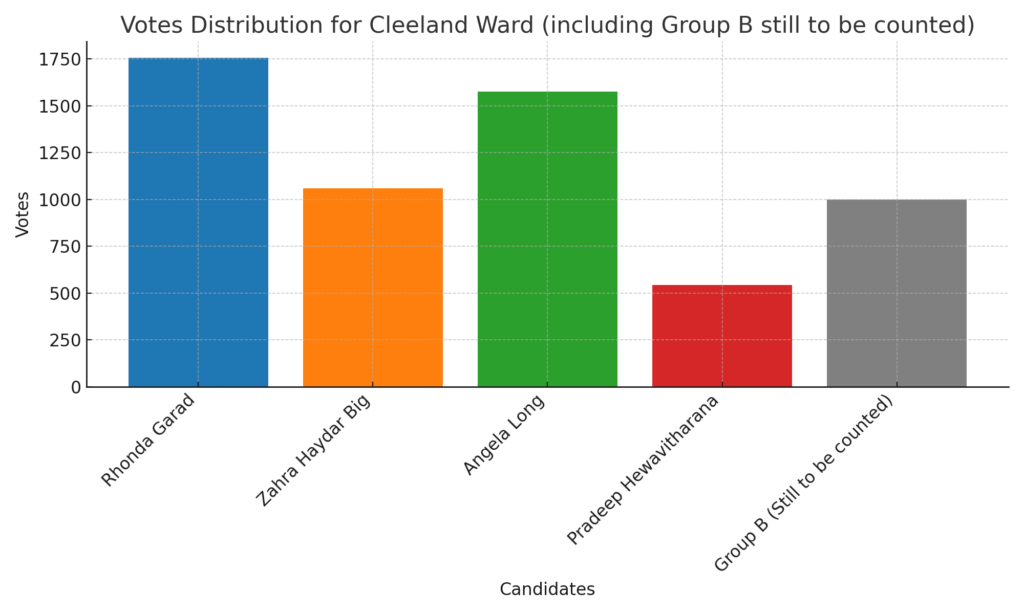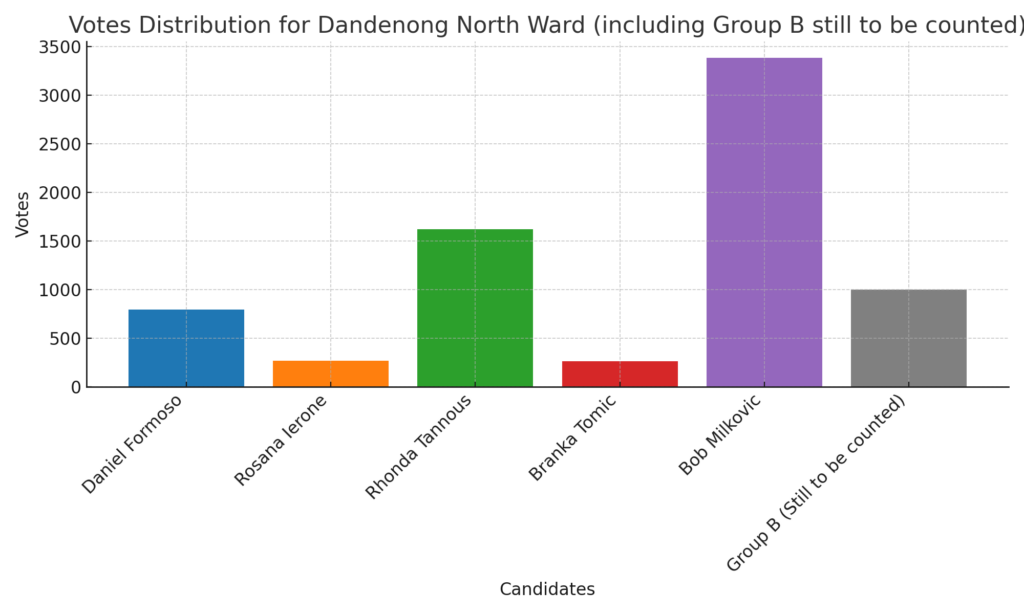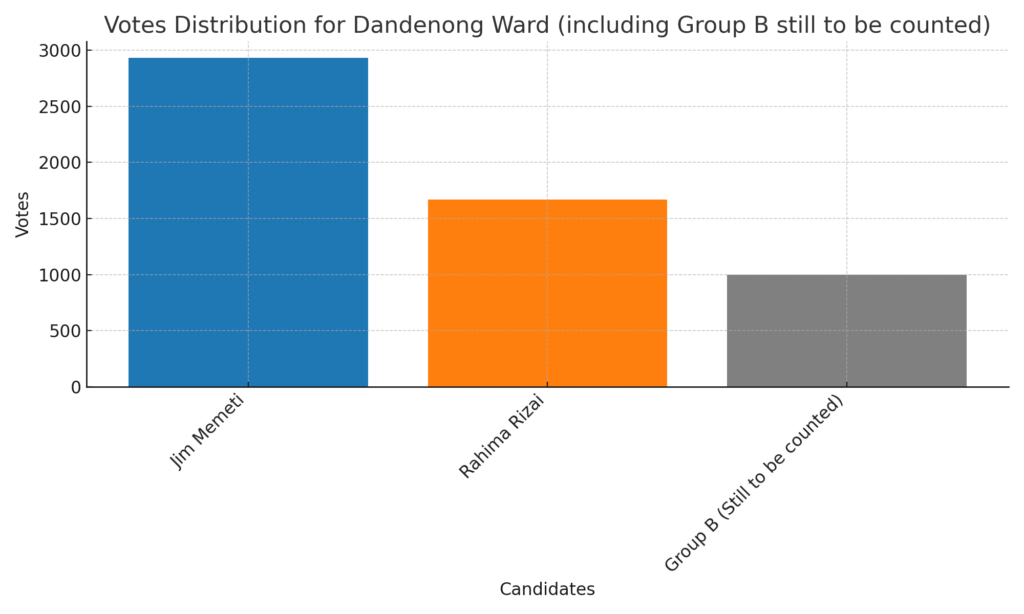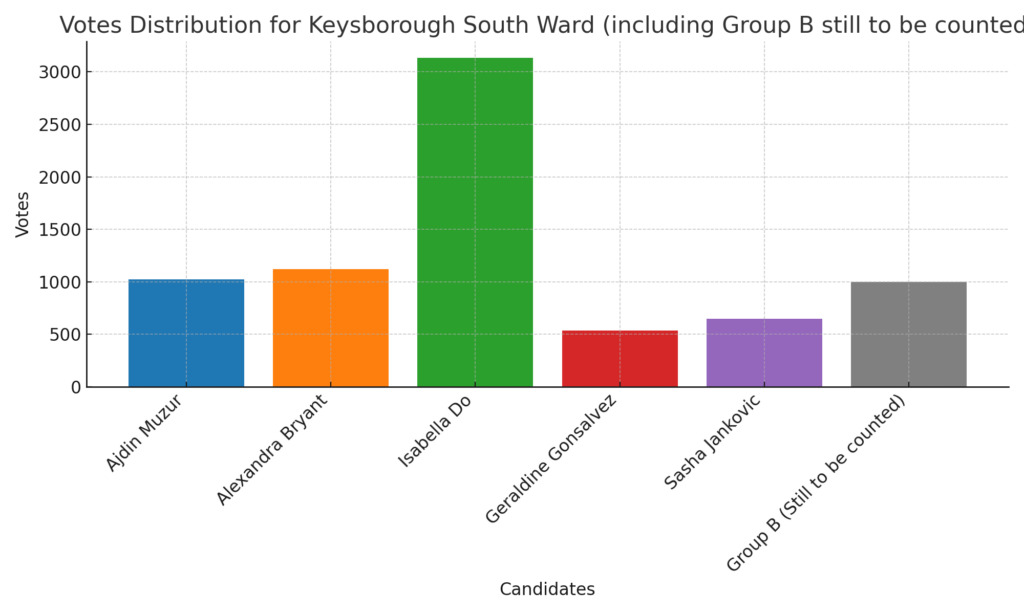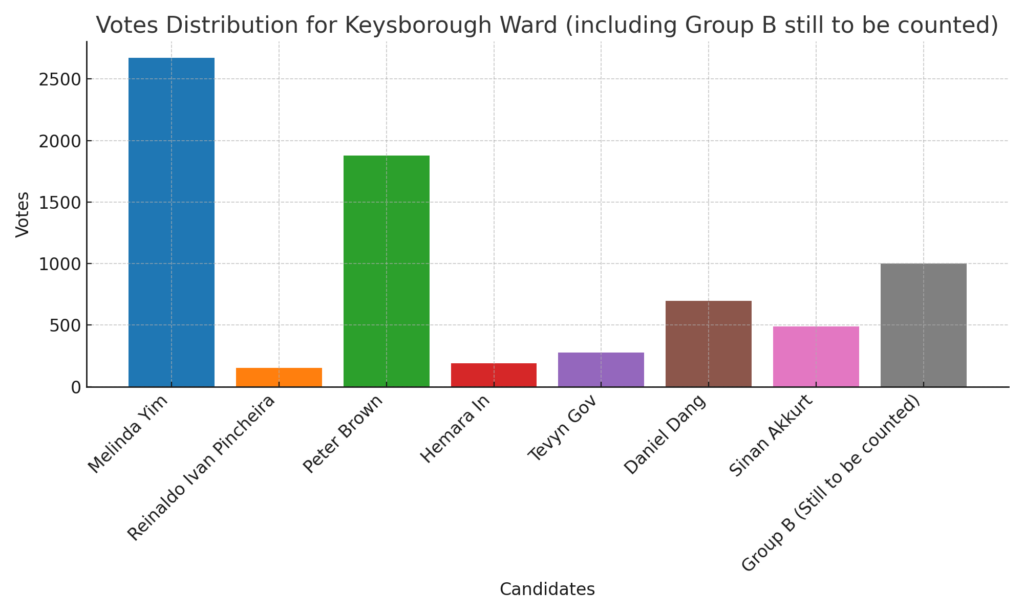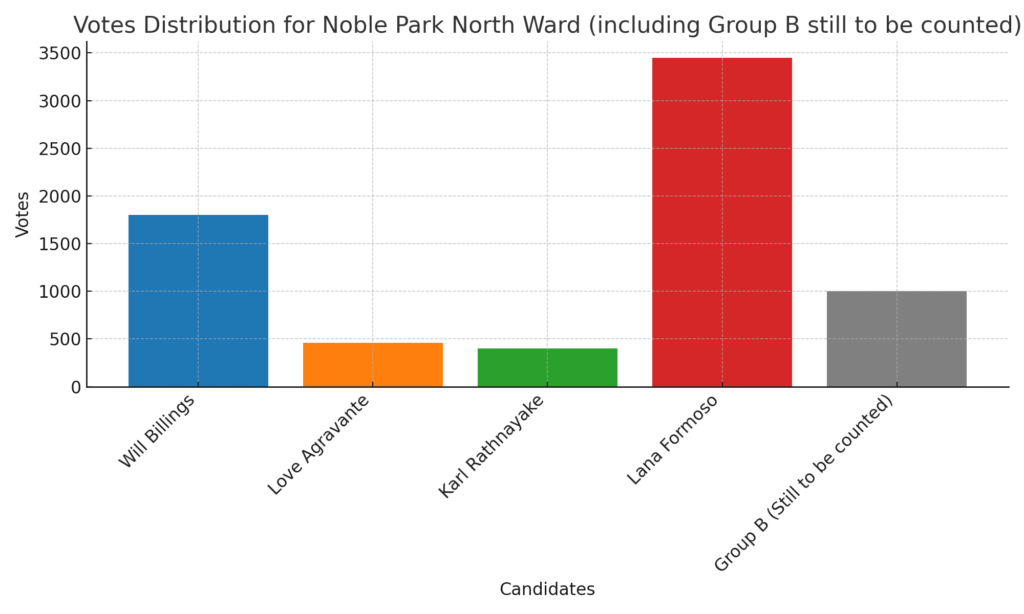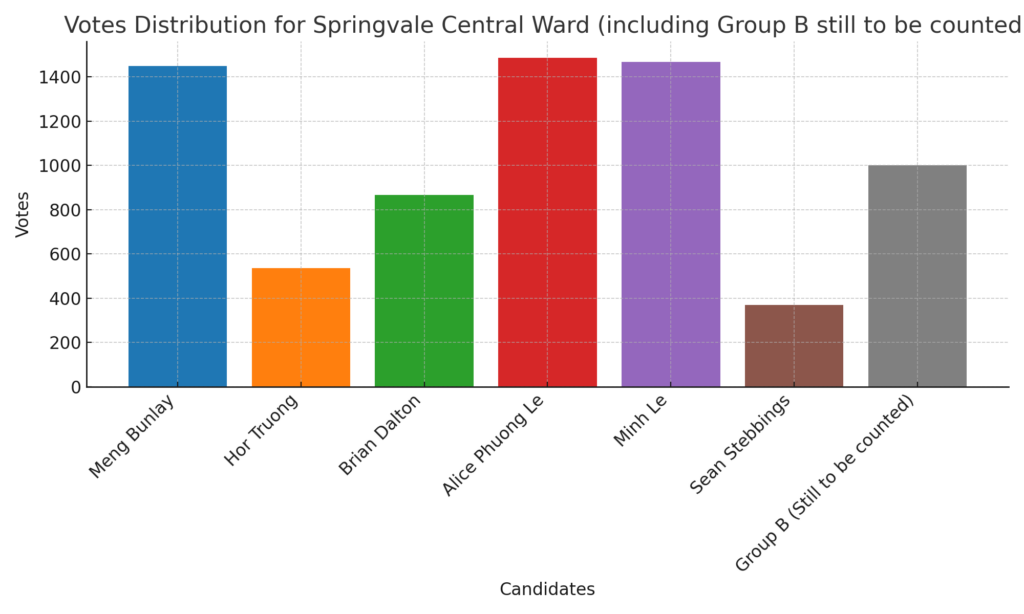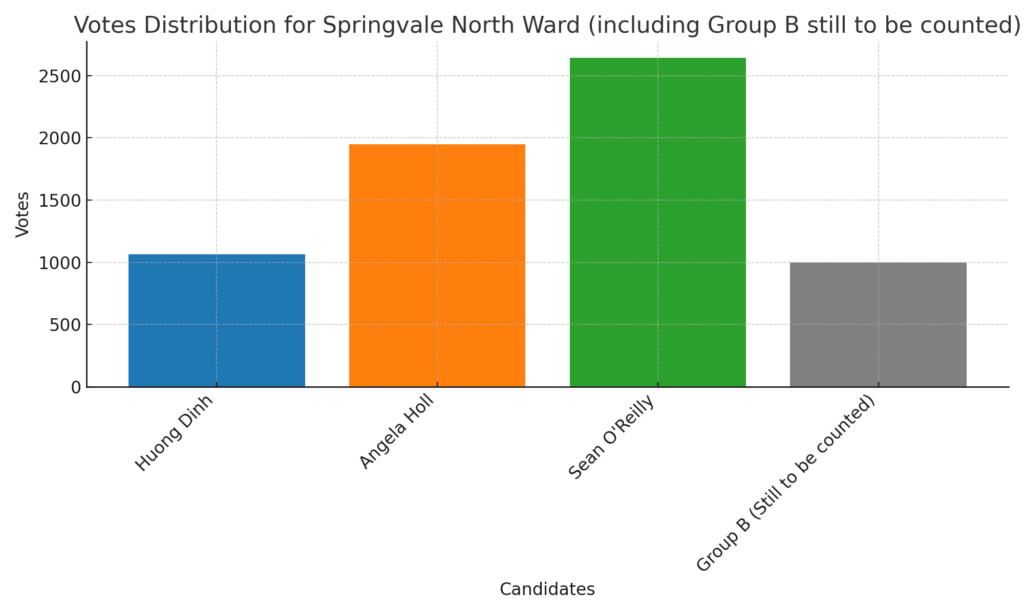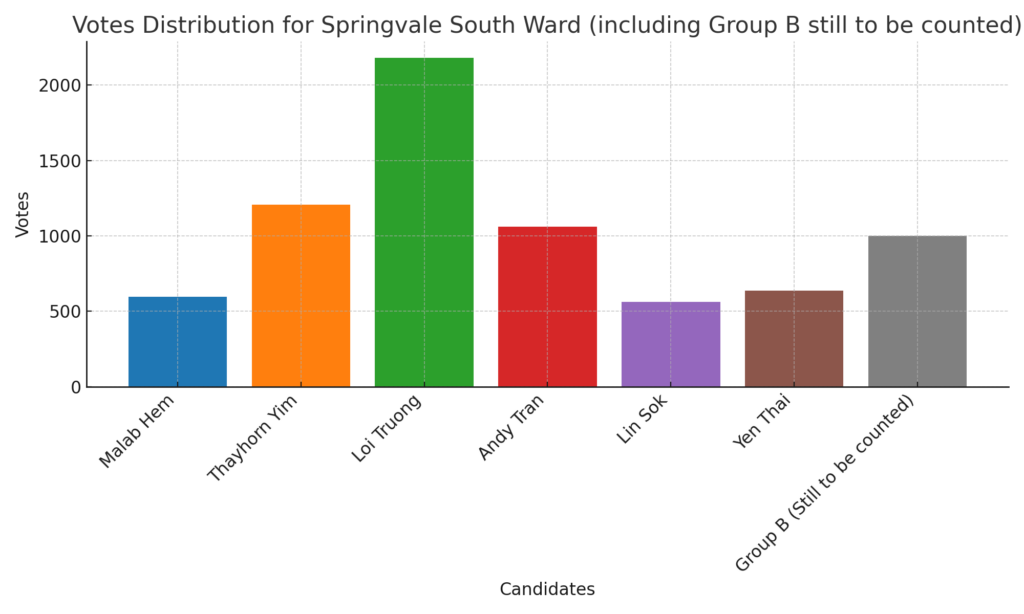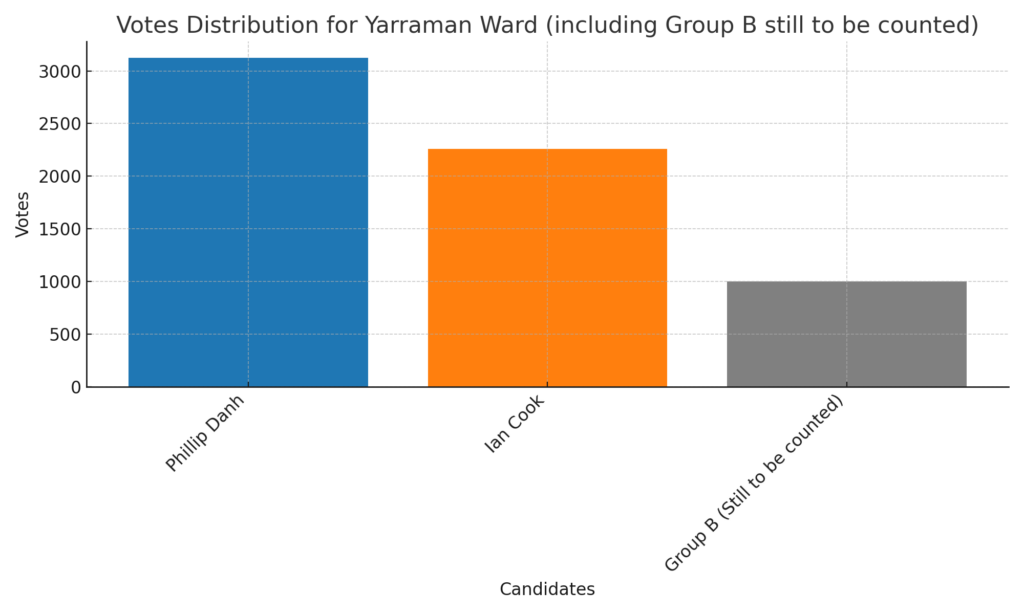MAV Victorian Convention of Councillors
Dates: 21–23 March 2025
Attendees and Report Authors:
- Cr Isabella Do
- Cr Sean O’Reilly
- Cr Alice Phuong Le
- Cr Melinda Yim
Key Themes and Learnings
1. Opening Address – Kelly Grigsby, CEO of MAV
Kelly Grigsby emphasised the need for adaptive and forward-thinking leadership in local government. She highlighted:
- Over $142 billion in local government assets across Victoria.
- Councils generate $6 billion in annual revenue and deliver $4 billion in capital works.
- Greater Dandenong alone manages approximately $3 billion in assets.
Grigsby urged councils to adopt data-driven, community-centric leadership.
Sources:
- Results of 2022–23 Audits: Local Government – Victorian Auditor-General’s Office
- Asset Plan 2022–23 to 2031–32 – Greater Dandenong Council
2. Councils as Shapers of the Future – Kelly Grigsby (continued)
- Trust in local government is growing relative to other government levels.
- Leadership must involve strategic foresight, clarity, and a commitment to equity and transparency.
3. Address by the Minister – Hon. Nick Staikos MP
- Acknowledged financial pressures on councils.
- Announced a review of rate capping policy.
- Urged councils to deliver services efficiently and explore new revenue and investment models.
- Praised local government efforts during the COVID-19 pandemic.
4. Financial Sustainability – Marcus Spiller (SGS Economics & Planning)
- Introduced the three pillars: subsidiarity, fiscal autonomy/accountability, and horizontal fiscal equalisation.
- Advocated for increased local government investment.
- Highlighted inter-council collaboration in aged care delivery.
5. Political Disruption & Trust – George Megalogenis
- Observed global trends in political instability and their Australian parallels.
- Local government holds 40% public trust, above state/federal at 35%.
- Questions raised on the future of party politics and structural reform.
6. Councillor Wellbeing – Jess Scully
- Urged councillors to pace themselves and avoid excessive criticism of staff.
- Suggested focusing on one major project per year.
- Advocated identifying underserved communities and acting as connectors.
7. Values-Based Leadership – Chris Kotur AM
- Emphasised that trust is fragile and hard-won.
- Noted excessive Notices of Motion (NoMs) can indicate poor communication.
- Encouraged a “no surprises” governance culture.
- Promoted respectful disagreement and focus on policy over personality.
8. Integrity in Public Life – Nick McKenzie
- Detailed cases of misconduct in councils like Moonee Valley and Casey.
- Called for stronger enforcement of codes of conduct and a culture of integrity.
- Warned that community trust is slow to build, fast to lose.
9. Oversight & Standards – David Wolf
- Outlined the role of the Parliamentary Workplace Standards and Integrity Commission.
- Common issues: ignoring breaches, political theatre, and disrespect in meetings.
- Councils urged to maintain strong internal policies and professionalism.
10. Leadership Styles & Ethics – Dr Graeme Emonson PSM
- Distinguished between transactional, transformational, charismatic, narcissistic, and authentic leadership.
- Advocated for authentic, values-driven leadership.
- Highlighted the link between ethical leadership and employee discretionary effort.
11. Treaty Process – Rueben Berg
- Spoke on embedding Aboriginal leadership in local government.
- Encouraged genuine engagement with Traditional Owners.
- Emphasised shared governance and reconciliation beyond symbolism.
12. Gendered Hate Speech – Cr Dr Anjalee de Silva
- Exposed the structural silencing of women through online abuse.
- Presented research showing many women are deterred from entering politics.
- Called for legal protections, institutional support, and counter-speech strategies.
13. Racial Resilience – Cr Mohamed Semra
- Shared personal experiences of racism in public office.
- Rejected assimilation as a condition for participation.
- Advocated for anti-racist policies and platform-sharing leadership.
14. Leadership Panel – Mayors and Deputy Mayors
Speakers included:
- Cr Michelle Cowan (Wodonga)
- Cr Andrew Davenport (Whitehorse)
- Cr John Dougall (Mitchell)
- Cr Mia Shaw (Wyndham)
Key messages:
- Avoid bloc voting and personal agendas.
- Leverage community creativity for cost-effective solutions.
- Promote transparency, collaboration, and humility in governance.
Closing Reflections
The Convention reinforced that councillors play a pivotal role in shaping Victoria’s communities. Key takeaways included:
- The value of integrity and inclusivity.
- The importance of strategic foresight and ethical leadership.
- That real impact arises not just from rule compliance but from genuine commitment to public trust and equity.
Greater Dandenong City Council remains committed to translating these insights into meaningful community action.
END OF REPORT
